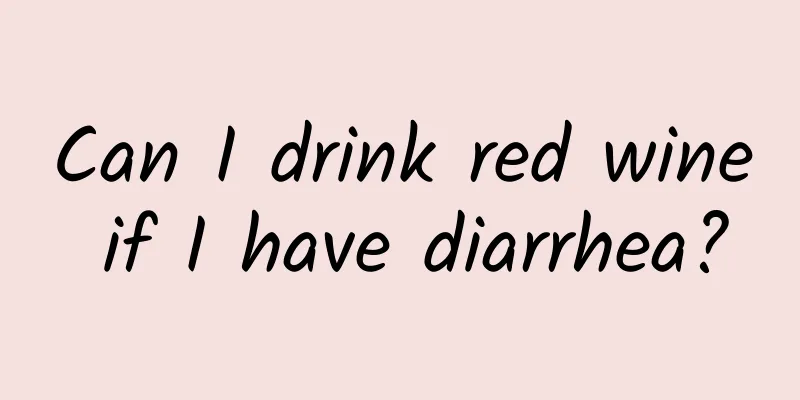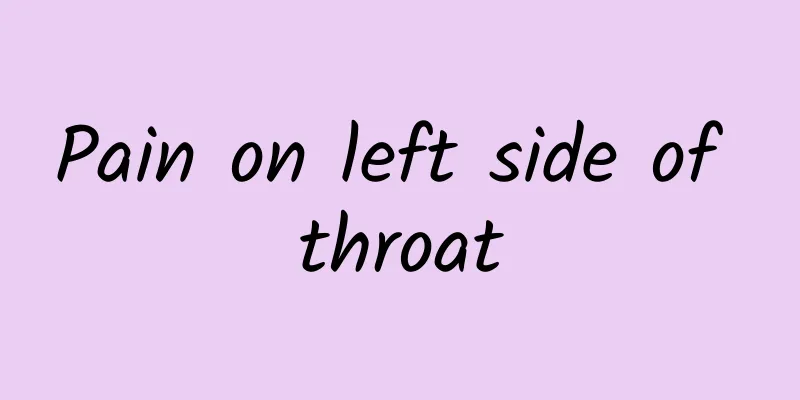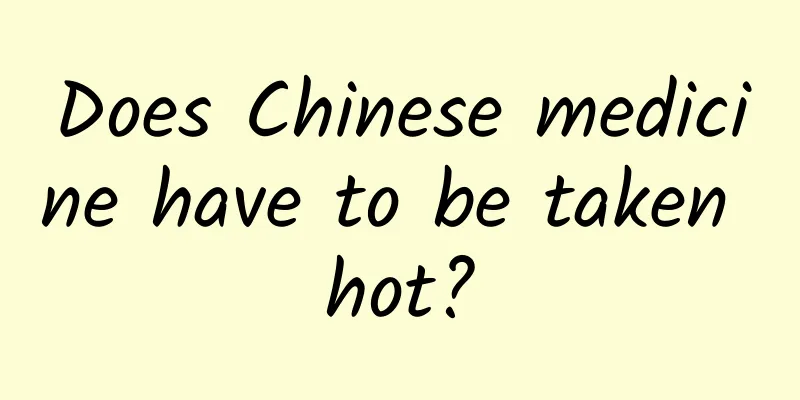What are the symptoms of facial nerve numbness?

|
Facial nerve numbness is what people often call facial paralysis. There are many types of facial paralysis, all of which are types of facial nerve numbness. Therefore, the symptoms of facial nerve numbness are also related to the type of facial paralysis, mainly symptoms of facial expressions, and sometimes accompanied by systemic symptoms. 1. Bilateral facial paralysis, one severe and one mild, manifested as inability to frown or frown, inability to close the eyes or incomplete closure, photophobia, tearing and Bell phenomenon. The corner of the mouth is tilted toward the healthier side, air leaks from the more severely affected side when the cheek is puffed out, water leaks from the more severely affected side when the mouth is rinsed, and drooling occurs. When eating, food stays between the teeth and cheeks on the more severely affected side. 2. Unilateral facial paralysis is less common, and its clinical symptoms are similar to those of bilateral facial paralysis, one severe and one mild. Traditional Chinese medicine calls it crooked mouth and slanted eyes, commonly known as hanging line wind and aiming wind (just like a carpenter hanging a line and a soldier aiming). If peripheral facial nerve paralysis occurs to the same degree on both sides, the person will have a blank expression on his face, will not smile, his eyes and lips cannot close tightly, food will remain in his cheeks when eating, and his speech will be slurred. Traditional Chinese medicine calls it total paralysis, commonly known as vegetative paralysis or stupid paralysis. These three types of peripheral facial paralysis have an acute onset and are mostly discovered when washing in the morning or talking with others. They can occur at any age. Especially for unilateral and bilateral one severe and one mild type, the severity of the disease may change during the course of the disease; or the muscles on the original affected side may have atrophied and the healthier side may begin to become paralyzed. This is why it is common for a quarrel to first tilt to one side and then to the other side. 3. In addition, there is chronic external stroke, which does not belong to peripheral facial paralysis. The facial muscles are not paralyzed, the mouth is not crooked, and the eyes are not slanted. It manifests as headache, tightness of the head, pain behind the ears, tightness behind the ears, neck pain, shoulder pain, back pain, waist pain, leg pain, cold feet and hands, cold back, half of the body is cold, half of the body is tight, cold face, facial pain, tight face, facial numbness, facial itching, facial twitching, facial spasm, fear of cold, fear of wind and other discomforts. It also belongs to the category of external stroke and is much easier to treat than acute facial paralysis. However, if it is not treated properly, it will last for many years or lead to chronic peripheral facial nerve paralysis. |
<<: What is the effect of stir-fried radish seeds?
>>: What is the principle of acupuncture weight loss
Recommend
What are the common causes of stiff and painful fingers?
Any abnormality in any part of the body is an &qu...
What causes itching on the soles of feet?
The itching on the soles of the feet may be cause...
What causes acne on the neck?
Acne is a symptom that we often see in our daily ...
The efficacy and function of strychnine are really so powerful
Some people think that strychnos nux vomica is po...
What are the dangers of taking Gongxuening during menstruation?
Menstruation is a normal physiological problem fo...
Magnolia flower medicinal value
When the magnolia flowers bloom, the whole garden...
Symptoms of dermatitis
For people with allergic constitution, skin is mo...
Side effects of white snake grass water
White snake grass water is an alkaline drink, als...
Is a pulse of 96 normal?
The pulse is the beating of the human artery. You...
Is colon diverticulum serious?
Many people are not familiar with the disease of ...
Soft hair on top of head
After trying multiple hairstyles, you must have c...
What should I do if my nasal membrane is thin and I have a nosebleed?
Under normal circumstances, there is a layer of l...
Give you a health calendar for the whole year! So practical!
Nourish your kidneys and prevent cold in January ...
What causes swollen eyes?
Swollen eyes are a common problem in our daily li...
How long should I take Jinkui Shenqi Pills to see the effect after taking them regularly?
Jinkui Shenqi Pills are composed of eight Chinese...









